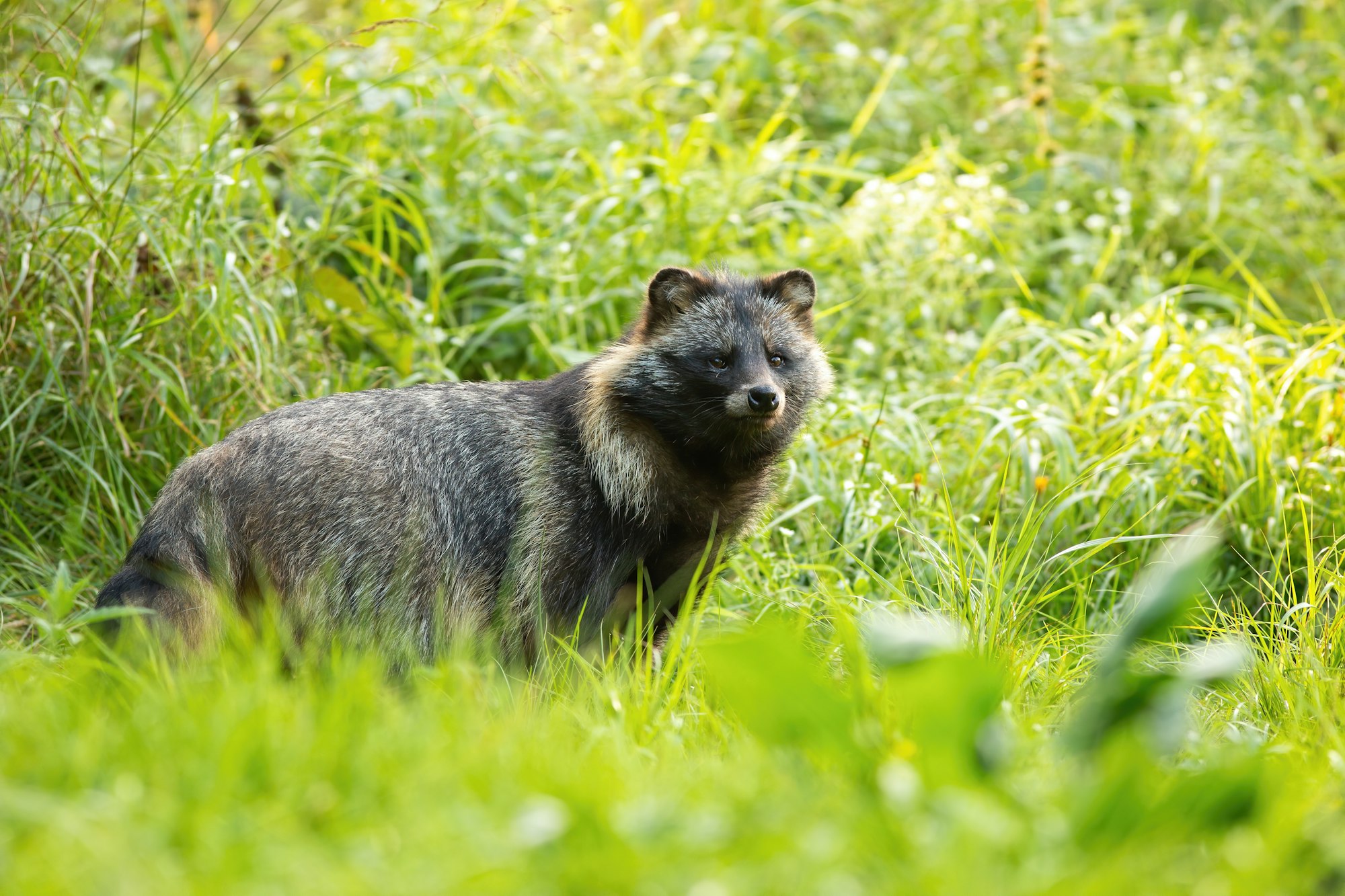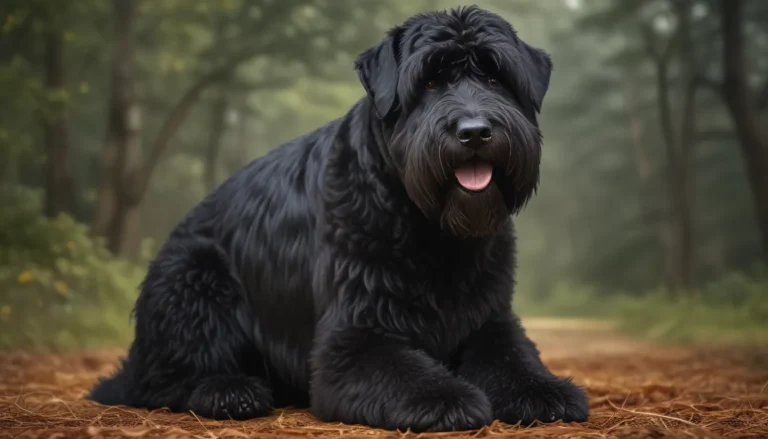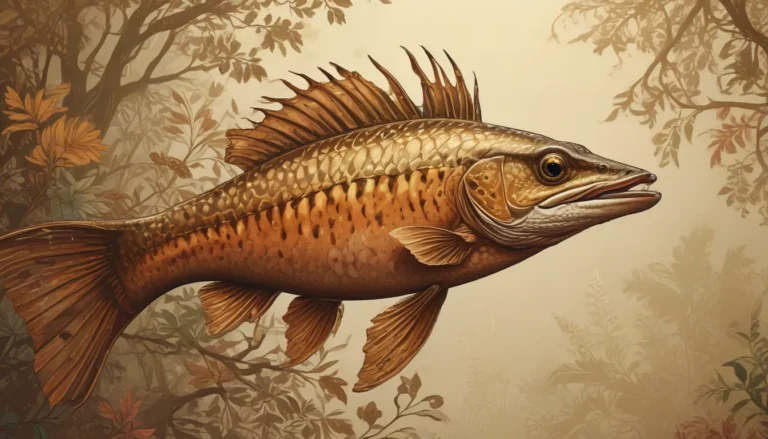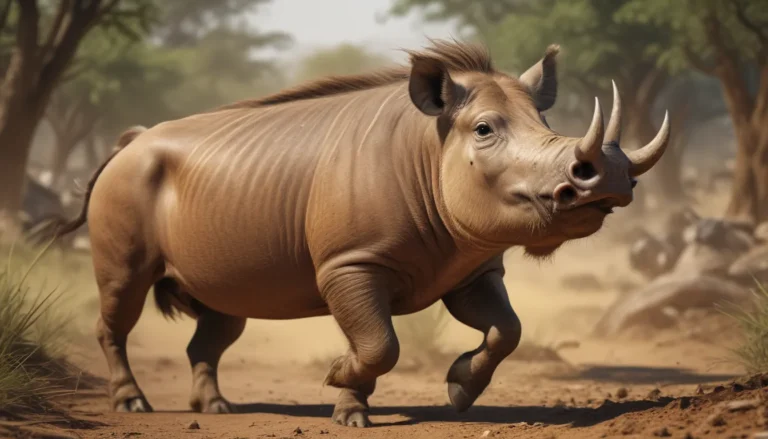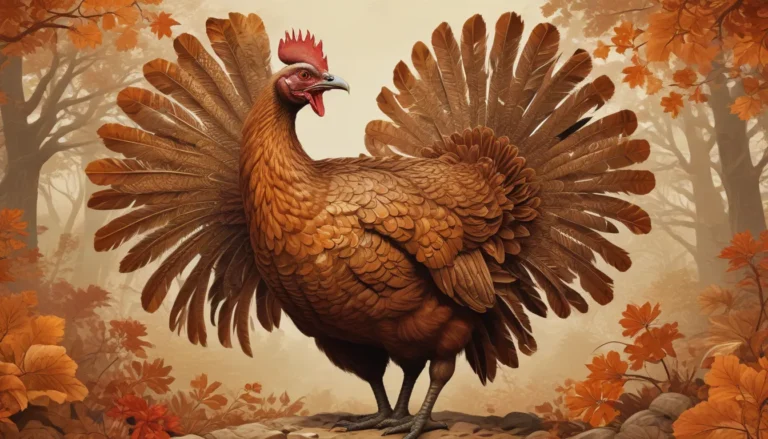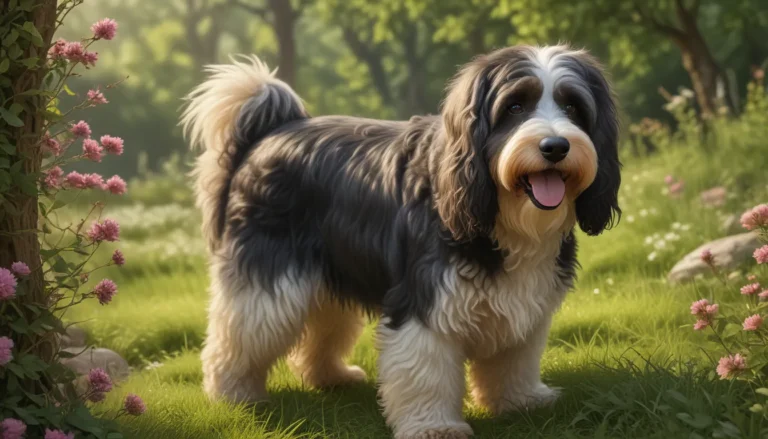The pictures we use in our articles might not show exactly what the words say. We choose these pictures to make you interested in reading more. The pictures work together with the words but don’t take their place. The words still tell you the important facts.
Introduction
Raccoon dogs, scientifically known as Nyctereutes procyonoides, are captivating creatures that often leave people intrigued by their appearance and behavior. These unique members of the Canidae family have garnered attention for their striking resemblance to both raccoons and dogs, despite being distinct from both. As we delve into the world of raccoon dogs, we'll uncover a wealth of fascinating facts about these adaptable and charismatic animals.
From their native habitats in East Asia to their introduced populations in Europe, raccoon dogs have demonstrated remarkable resilience and adaptability. Their unique characteristics, including their omnivorous diet, social structure, and ability to enter a state of torpor during cold weather, set them apart from other canids. In this comprehensive exploration of raccoon dog facts, we'll journey through their biology, behavior, ecological significance, and cultural importance.
Key Takeaways
- Raccoon dogs are unique members of the Canidae family, distinct from both raccoons and dogs
- They are native to East Asia but have been introduced to parts of Europe
- Raccoon dogs are omnivorous and highly adaptable to various habitats
- Unlike most canids, they can enter a state of torpor during extremely cold weather
- They play significant roles in both ecosystems and cultural folklore, particularly in Japan
10 Intriguing Facts About Raccoon Dogs
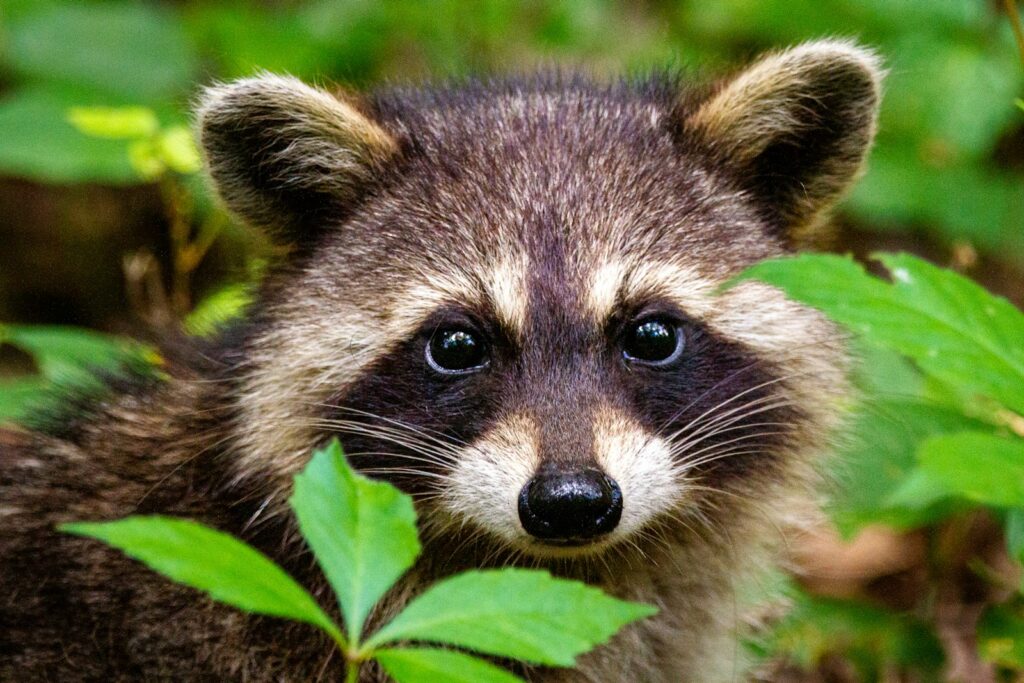
1. Taxonomic Tricksters
Raccoon dogs belong to the genus Nyctereutes, which translates to "night prowler." Despite their name and appearance, they are neither raccoons nor typical dogs. This unique classification often surprises those learning about these animals for the first time.
Their scientific name, Nyctereutes procyonoides, reflects their raccoon-like appearance while acknowledging their canine heritage. This taxonomic curiosity makes raccoon dogs a fascinating subject for both zoologists and wildlife enthusiasts.
2. Masquerade Masters
One of the most striking facts about raccoon dogs is their distinctive facial mask. This feature, reminiscent of a raccoon's markings, contributes to their charming appearance and often leads to misidentification.
The mask is not just for show; it serves a purpose in their natural habitats. The dark fur around their eyes may help reduce glare, enhancing their vision during twilight hours when they are most active.
3. Adaptable Habitats
Raccoon dogs demonstrate remarkable adaptability when it comes to their living environments. They thrive in a diverse range of habitats, showcasing their resilience and ecological flexibility.
| Habitat Type | Description | Raccoon Dog Adaptation |
|---|---|---|
| Forests | Dense underbrush and tree cover | Provides shelter and hunting opportunities |
| Wetlands | Areas near water sources | Supports their varied diet and foraging habits |
| Urban Areas | Suburban regions and city outskirts | Allows for scavenging and adapting to human presence |
| Grasslands | Open areas with scattered vegetation | Offers hunting grounds for small prey |
This adaptability has contributed to their successful introduction in various European countries, where they have established thriving populations outside their native range.
4. Omnivorous Opportunists
The diet of raccoon dogs is as diverse as their habitats. These opportunistic feeders have a varied palate that includes both animal and plant matter, allowing them to thrive in different environments.
Their omnivorous diet typically consists of:
This dietary flexibility contributes to their success as a species and their ability to adapt to new environments.
5. Winter Warriors
One of the most unique facts about raccoon dogs is their ability to enter a state of torpor during extremely cold weather. This characteristic sets them apart from most other canids and is more commonly associated with bears.
While not true hibernation, this winter adaptation allows raccoon dogs to:
This ability to "semi-hibernate" is a remarkable adaptation that helps them survive in regions with severe winters.
6. Monogamous Marvels
In the world of canids, raccoon dogs stand out for their strong monogamous relationships. They typically form long-term pair bonds, with couples often staying together for life.
This social structure extends to their parenting habits:
Their monogamous nature and family-oriented lifestyle contribute to their success as a species and provide interesting insights into canine social structures.
7. Cultural Icons
In Japanese folklore, raccoon dogs, known as "tanuki," hold a special place. They are often depicted as shape-shifters with magical abilities, embodying both mischief and good fortune.
This cultural significance is reflected in various ways:
The cultural importance of raccoon dogs in Japan showcases the interplay between wildlife and human society, highlighting how animals can inspire folklore and traditions.
8. Vocal Virtuosos
Raccoon dogs possess a rich repertoire of vocalizations, using various sounds to communicate with each other. This vocal diversity is another interesting fact about raccoon dogs that sets them apart from many other canids.
Their vocal range includes:
These vocalizations play crucial roles in territory defense, mating rituals, and family communication, contributing to their complex social behaviors.
9. Fur Trade Targets
The luxurious fur of raccoon dogs has made them targets for the fur trade, particularly in their native ranges. This practice raises significant ethical and conservation concerns.
Key points about raccoon dogs and the fur trade include:
This aspect of raccoon dog history highlights the complex relationship between wildlife and human economic activities.
10. Invasive Innovators
While native to East Asia, raccoon dogs have been introduced to several European countries, where they have established successful populations. This introduction has led to their classification as an invasive species in some regions.
The impact of raccoon dogs in their introduced ranges includes:
Their success as an introduced species demonstrates their adaptability but also raises questions about the impact of human-mediated species introductions on native ecosystems.
Frequently Asked Questions About Raccoon Dogs
Q1: Are raccoon dogs actually related to raccoons?
No, raccoon dogs are not related to raccoons. Despite their name and similar facial markings, they are members of the Canidae family, which includes dogs, wolves, and foxes. Their scientific name, Nyctereutes procyonoides, reflects their raccoon-like appearance but confirms their canine lineage.
Q2: Can raccoon dogs be kept as pets?
While raccoon dogs may appear cute and appealing, they are not suitable as pets. They are wild animals with specific needs that are difficult to meet in a domestic setting. Additionally, in many regions, it is illegal to keep raccoon dogs as pets due to their status as an invasive species or wildlife protection laws.
Q3: Do raccoon dogs hibernate like bears?
Raccoon dogs don't hibernate in the true sense, but they can enter a state of torpor during extremely cold weather. This ability, unique among canids, allows them to lower their body temperature and metabolic rate, conserving energy during harsh winter months. It's more accurate to describe this as "winter lethargy" rather than true hibernation.
Q4: Are raccoon dogs dangerous to humans?
Generally, raccoon dogs are not considered dangerous to humans. They are typically shy and avoid human contact. However, like any wild animal, they may defend themselves if cornered or threatened. It's always best to admire wildlife from a safe distance and avoid direct interactions.
Q5: How long do raccoon dogs live?
In the wild, raccoon dogs typically live for about 3-4 years, although some individuals may reach up to 7-8 years of age. In captivity, with proper care and absence of natural threats, they can live longer, sometimes up to 10-12 years.
Conclusion
Exploring the facts about raccoon dogs reveals a world of fascinating adaptations, behaviors, and cultural significance. From their unique ability to enter torpor during cold months to their strong monogamous bonds, raccoon dogs continually surprise and intrigue both researchers and nature enthusiasts. Their success in adapting to various habitats, including urban environments, showcases their resilience and ecological flexibility.
As we continue to learn more about these remarkable creatures, it becomes increasingly important to consider their role in both their native ecosystems and introduced ranges. Understanding raccoon dogs not only enriches our knowledge of the natural world but also highlights the complex relationships between wildlife, human culture, and conservation efforts. By appreciating the unique characteristics and challenges faced by raccoon dogs, we can work towards ensuring their place in the diverse tapestry of global biodiversity.
